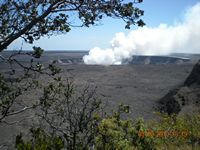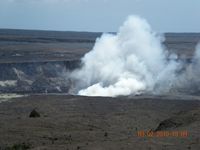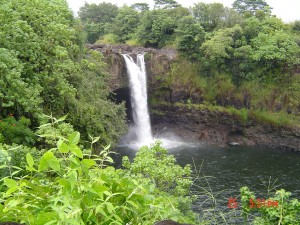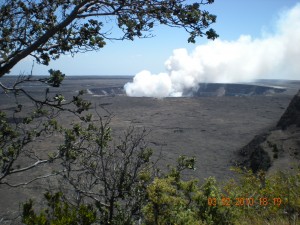The Numerous Varieties of Hawaiian Kona Coffee
Author: Blake Cole
Kona coffee from the Kona region of the Island of Hawaii is a preferred choice all around the planet, and for great cause. It offers a robust, full bodied flavor that you can’t unearth in any other coffee. Kona coffee is produced on the Island of Hawaii, also recognized as the Big Island. Most of the coffee estates found in Kona (called the gold coast of Hawaii, not, as you may perhaps surmise, simply because of the dollars to be produced there, but mainly because of the hue of the fish that were discovered along this coast in huge numbers) are owned and operated by nearby families who have been operating the estates for generations since 1890.
The Kona coffee band found along the west coast of the Big Island, including the town of Holualoa, offers just the right quantity of rainfall, sun and clouds to produce a superior coffee cherry, although the coffee plant itself is located in other regions of the world. The height of each estate contributes to the unique character and subtle differences in flavor among the coffees produced on each Kona coffee farm. Roasting methods and processes also add to variations within the Kona coffee product line.
There are diverse grades of Hawaiian Kona coffee to decide from, depending on the high quality and size of the beans harvested. Even though several firms supply 100% Kona coffee, you have to be alert not to select a brand that is labeled as a Kona blend as these mixes often contain no extra than ten percent Kona coffee. The remainder of the beans come from lower quality supplies from Brazil, Indonesia, and Africa.
The coffee is sun dried on location on the island, and then roasted to best light, medium, and dark roasts. The beans are freshest just following roasting, but purchasing coffee in hermetically sealed packages and then freezing them will give a longer shelf life, and, in reality, can assist to make the coffee survive up to six months.
It isn’t probable to use the brand name on the package to decide regardless of whether the product is really Hawaiian Kona coffee. This is due to the fact as previously talked about, various items label their coffee as originating from Kona, whilst only a tiny amount of it essentially is. Instead you will have to search for the fine print and the list of ingredients on the bag in order to figure out whether or not the coffee is what it appears to be: 100% roasted beans from the Kona district of the Big Island of Hawaii.
Medium roasted coffees have a tendency to take on a robust, lively flavor. Some call medium coffees full city or Vienna roasts. Darker roasts are a lot more full bodied in flavor and typically include much less caffeine than their counterparts. They’re thought to be French or Italian roast methods. If you check out the Big Island of Hawaii, you can effortlessly uncover the coffee region where quite a few farms and processing facilities are situated. You can take tours and understand all about how Kona coffee from the Kona district of Hawaii is made.
But no matter whether you can make it to the island or not, there is plenty of chance to delight in the robust tastes of 100% true Kona coffee. Even though you may well not be ready to discover a 100% Kona blend at your neighborhood brick and mortar retailer, you ought to be ready to acquire precisely what you are searching for directly on the World wide web. If you have by no means tried coffee from Kona before, take into consideration trying the medium roasted blend in order to get a wonderful feel of the correct flavor of the 100% pure Kona coffee beans.
With a modest amount of buyer awareness, you can find the unique gift of 100% pure Kona coffee. Then, you can continue on to discover the several variations of tastes produced by the various Kona coffee farms. Each Kona coffee product is one-of-a-kind, since no two farms will produce Kona coffee at exactly the same height, water supply, fertilization, and processing.
Article Source: http://www.articlesbase.com/food-and-beverage-articles/the-numerous-varieties-of-hawaiian-kona-coffee-4219653.html
About the Author
Blake Cole is a student of 100% Pure Kona Coffee and its history on the Big Island of Hawaii.






